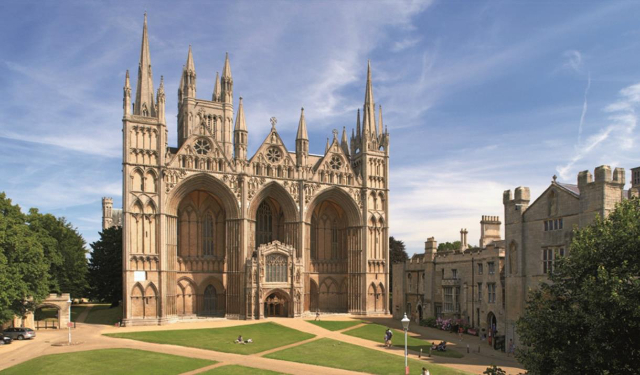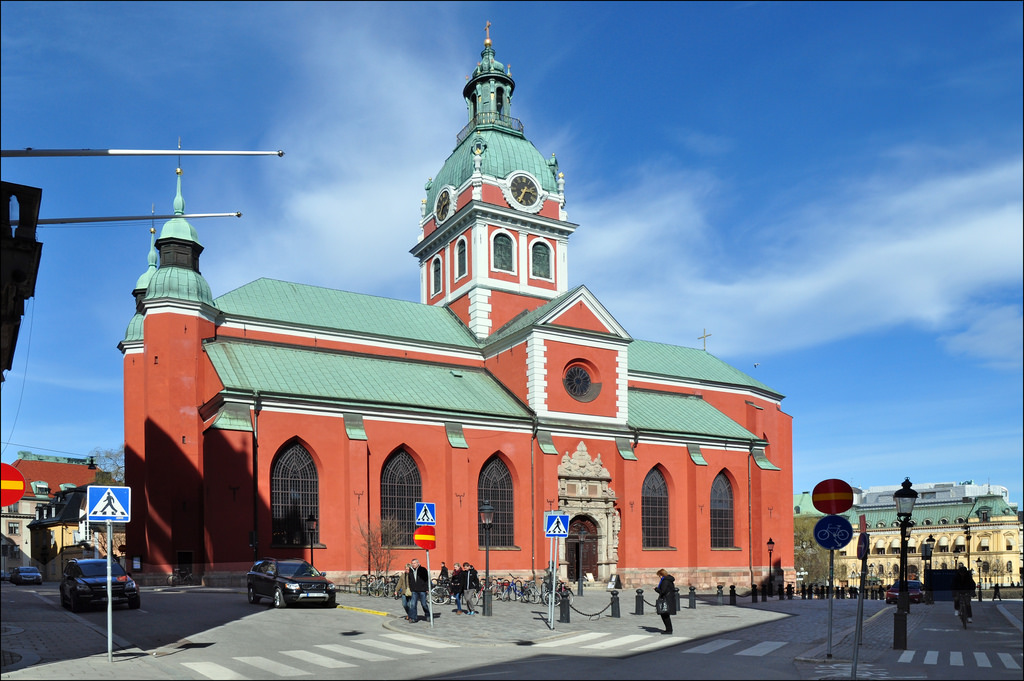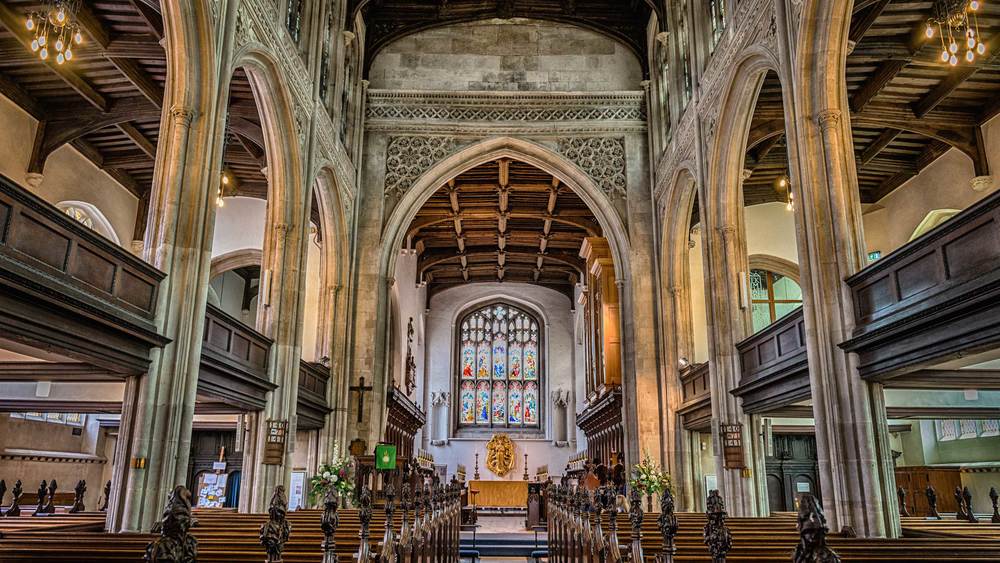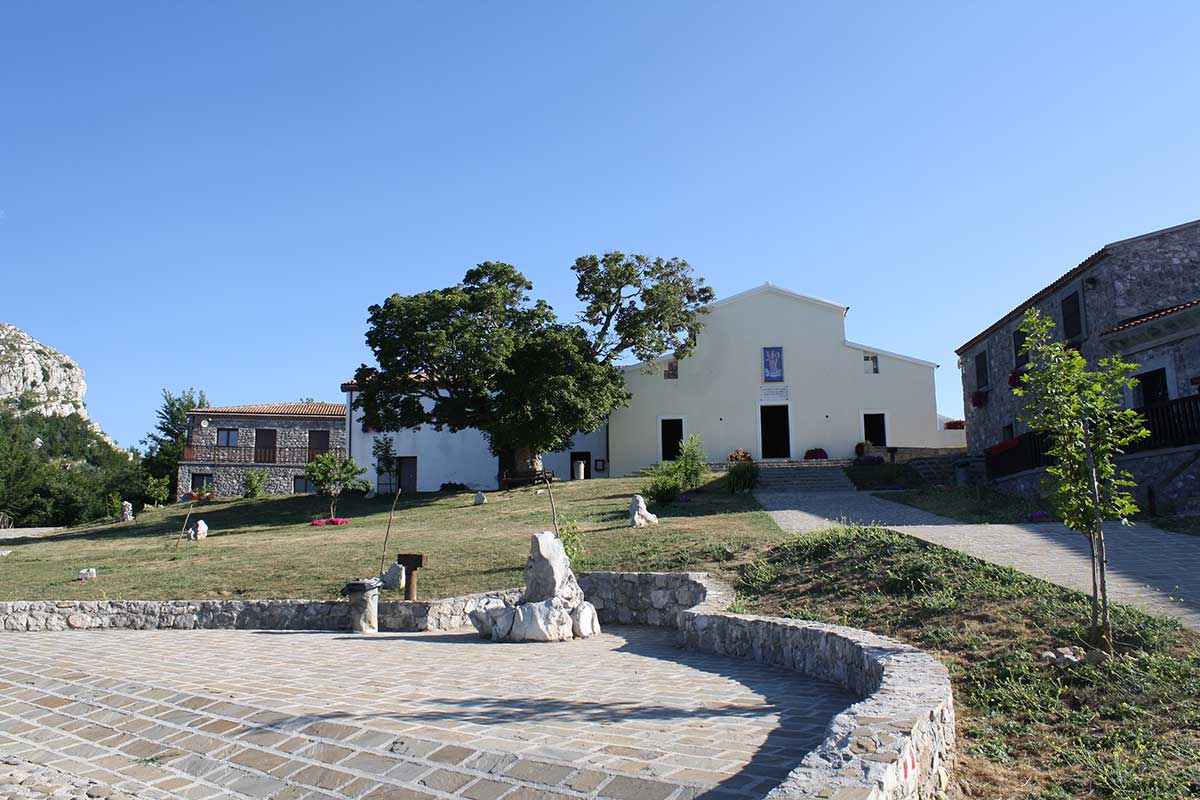The Royal Pontifical Basilica of San Francesco di Paola is a basilica located in Naples in Piazza del Plebiscito, in the historical centre. The basilica is considered one of the most important examples of neoclassical architecture in Italy. Joachim Murat arrived in Naples during a period of urban redevelopment ordered the demolition of all the buildings in the area of the current Piazza del Plebiscito to make way for a place that was to take the name Gran Foro Gioacchino: among the projects presented was chosen by the Council of Civil Buildings, in agreement with the architect of the Royal House Antonio De Simone, that of Leopoldo Laperuta, who proposed the construction of a portico with a circular hall in the center to be used as a venue for popular assemblies. The work began in 1809, but was never completed because of the expulsion of Joachim Murat from Naples and the restoration of the Bourbon crown: Ferdinand I of the Two Sicilies then, as a vow to St. Francis of Paola, who had interceded for him to return to the throne of the Kingdom, decided to build a church at the center of the portico. A competition was held and won by the Ticino architect Pietro Bianchi, who had partly dusted off the old Laperuta project, as well as satisfying all the king’s requests, such as the height of the dome, which should not exceed the Royal Palace, located just opposite: the work was contracted out to Domenico Barbaja and the first stone was laid on 17th June 1816; the façade was finished in 1824, the internal decorations in 1836, while the statues were laid in 1839. Ultimately the church was completed in 1846, fully reflecting what was the neoclassical taste and inspired by the Pantheon of Rome, moreover, thanks to the privilege granted by Pope Gregory XVI, was the first church in Naples to have the altar upside down.













